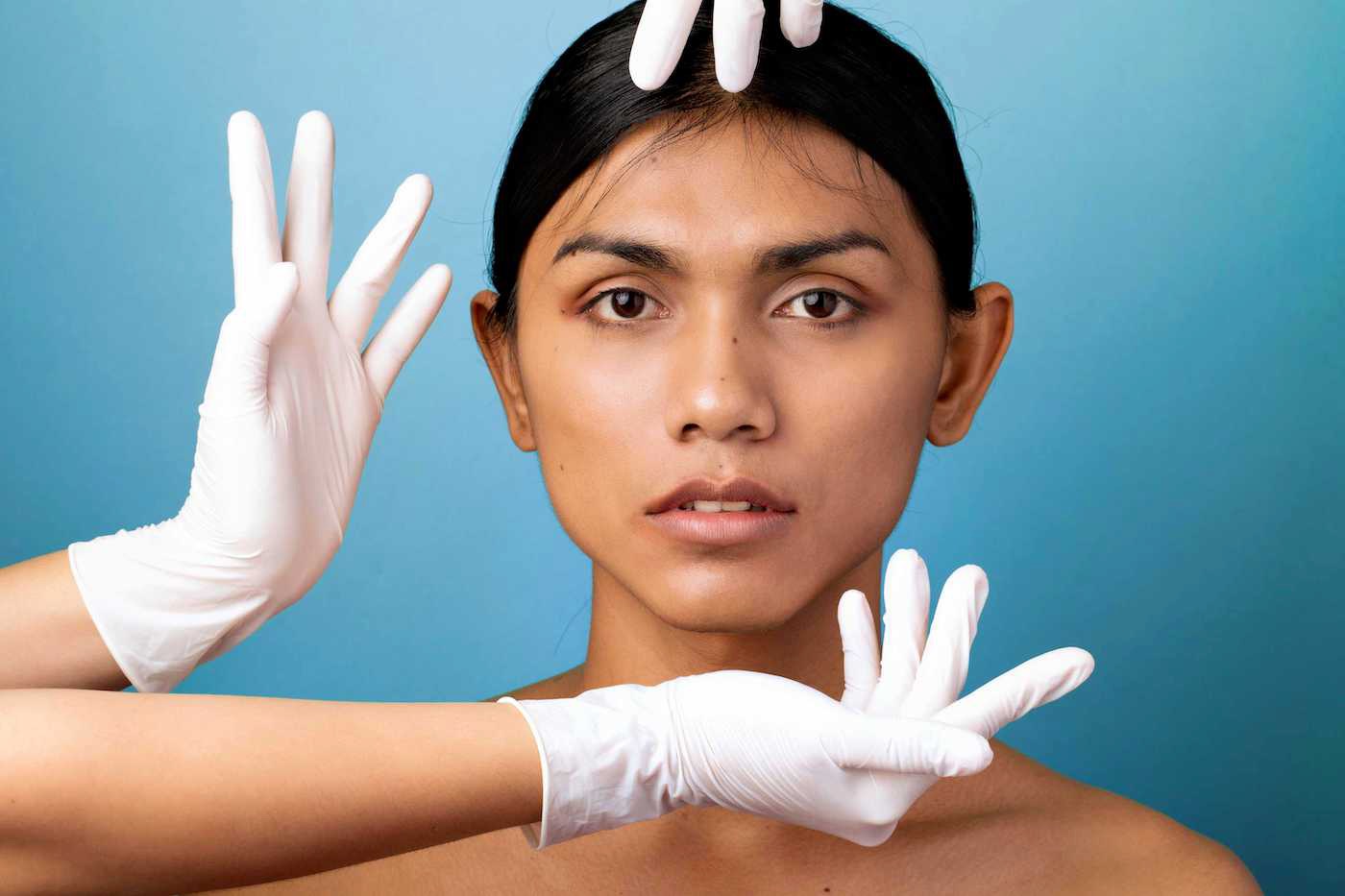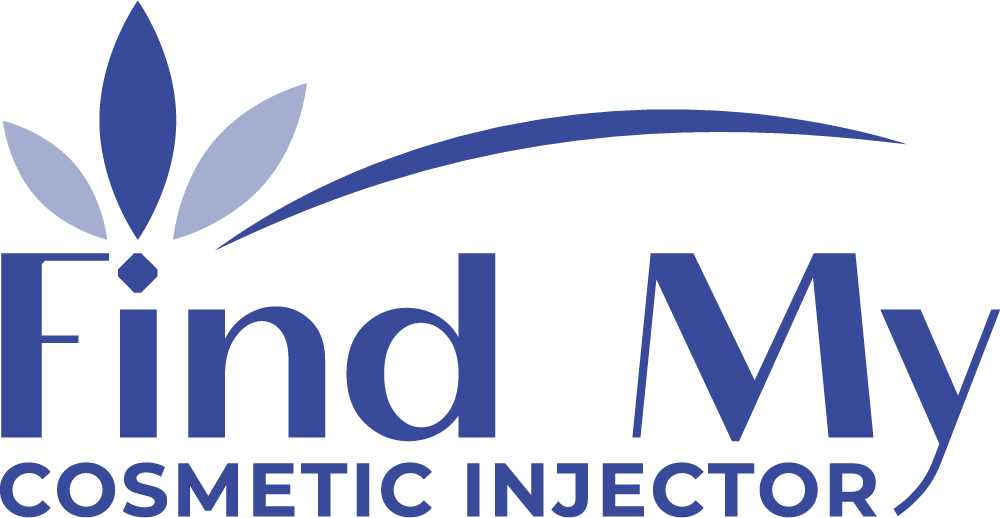
How Many Units of Botox for Prevention?
Botox is a type of medicine that people use to improve their appearance. It’s the most popular cosmetic treatment in the U.S., with more than 5 million treatments performed each year. It can be used to address lines on the forehead, crow’s feet around the eyes, and other signs of aging.
Botox is also used medically for certain illnesses or conditions, including chronic migraines and excessive sweating (hyperhidrosis). The effects of Botox are temporary; it typically takes about three months for any one area to go back to its normal state after treatment has stopped. There are different types of botulinum toxin that doctors may use based on your condition or desired outcome. For example, the effects of overactive bladder may be treated with onabotulinum toxin A. Your doctor may also mix and match botulinum toxins to treat other conditions.
What Causes Wrinkles?
Wrinkles form because of certain processes that occur as we age, such as loss of skin elasticity and fat under the skin. Other things like exposure to the sun and smoking cause wrinkles as well. Using Botox can prevent or reduce wrinkles by preventing contraction of the muscles that create those lines on your face. The idea that using Botox can prevent future wrinkles has been around for many years now; however, it’s only recently become popular with people who aren’t giving birth (so their faces don’t change shape right away). The best time to receive a Botox treatment is when you first notice early signs of aging. An increase in wrinkles at a young age can signify further aging going on behind the scenes.
How Long do Botox’s Effects Last?
Typically, it takes about three months for any one area to go back to its normal state after treatment has stopped. This is because Botox injections paralyze muscles in your face or other parts of your body, which causes them to relax and not produce visible wrinkles. The more units you receive, the longer your results will last. Although many factors can contribute to how an individual’s muscles will react to Botox, you can expect your results to last for approximately three months. We generally recommend you plan to come in for a touch-up every three months.
Many factors contribute to how Botox will affect your skin and how long the results will last. A typical dose includes 40-65 units, but it’s important that you let your doctor examine your skin and determine what’s best for you. The injections typically last between 3 and 4 months, so younger patients who want preventative treatments may benefit from getting treated several times a year at first so they don’t have to worry about wrinkles as much later on in life.
When Should I Start Using Botox?
Anyone can use Botox to improve their appearance by reducing fine lines and wrinkles. So, if you want to take years off your look without the pain of surgery or many injections, talk to your dermatologist about getting Botox! Some people experience their first wrinkle around the age of 20, which is when many doctors recommend getting Botox injections for prevention of wrinkles. You can use Botox as early as age 19 to prevent new wrinkles from forming.
The earlier you start treatments, the better your results will be. To maintain those results, we generally recommend you plan to come in for a touch-up every three months.
Ultimately, you may be able to begin receiving treatments as soon as you notice signs of aging or muscle movement. However, younger patients aren’t required to wait until they hit a certain age before beginning treatment. How frequently you receive Botox injections will depend on your doctor’s recommendations and your skin type. More sensitive skin types may need less frequent Botox treatments than those with thicker skin types like Caucasian people.
How Many Units of Botox are Right for Me?
The effects of Botox injections may vary on person and depending on where they’re used, but typically 8 units per area is sufficient enough to prevent future signs of aging without looking too unnatural. For example, 20 units of Botox for crow’s feet (around the eyes) or 40 units cyborg lip enhancement (per side).
So many factors contribute to how an individual’s muscles will react to Botox, so it’s important to come in for a consultation with an experienced provider. A good way to find out which treatment is best for you is by asking your friends, family, and coworkers for their opinion on different treatments they’ve received.
The number of units that your doctor will recommend varies based on a variety of factors. It’s important to let your doctor examine your skin and determine the best treatment option. A typical Botox injection will include 40-65 units, but the amount needed is dependent upon the muscles you’d like to inject and how much they move. For example, if you receive 40 units per cheek and each cheek moves 8 millimeters, then 640 millimeters may be required in order to achieve your desired results. The average cost of one unit of Botox ranges from $10-$20, which means that with 20-30 injections needed at an average cost of $20, you can expect to spend around $360-$600.
Prevention is the best treatment for wrinkles. Wrinkles form through years of repetitive muscle movement and sun damage, causing your skin to sag and produce lines around your eyes, mouth, and on your forehead. It may seem odd to think about preventing wrinkles when you’re still young, but by getting Botox injections early on in life, you can prevent serious aging effects down the line.
No matter what kind of skin type you have or how old you are when you begin receiving treatments, it’s important to remember that you must maintain a strict skin care routine to prevent future damage. You may also want to consider supplements or facial creams as an additional treatment option for maintaining healthy skin.
No matter what kind of concerns you have about your skin, there’s a solution out there for it. Many people choose to get cosmetic injections like Botox, but this isn’t the only way to improve aging effects on your face and neck. If you’re experiencing any signs of aging, be sure to consult with a dermatologist who can help develop a customized treatment plan just for you!
